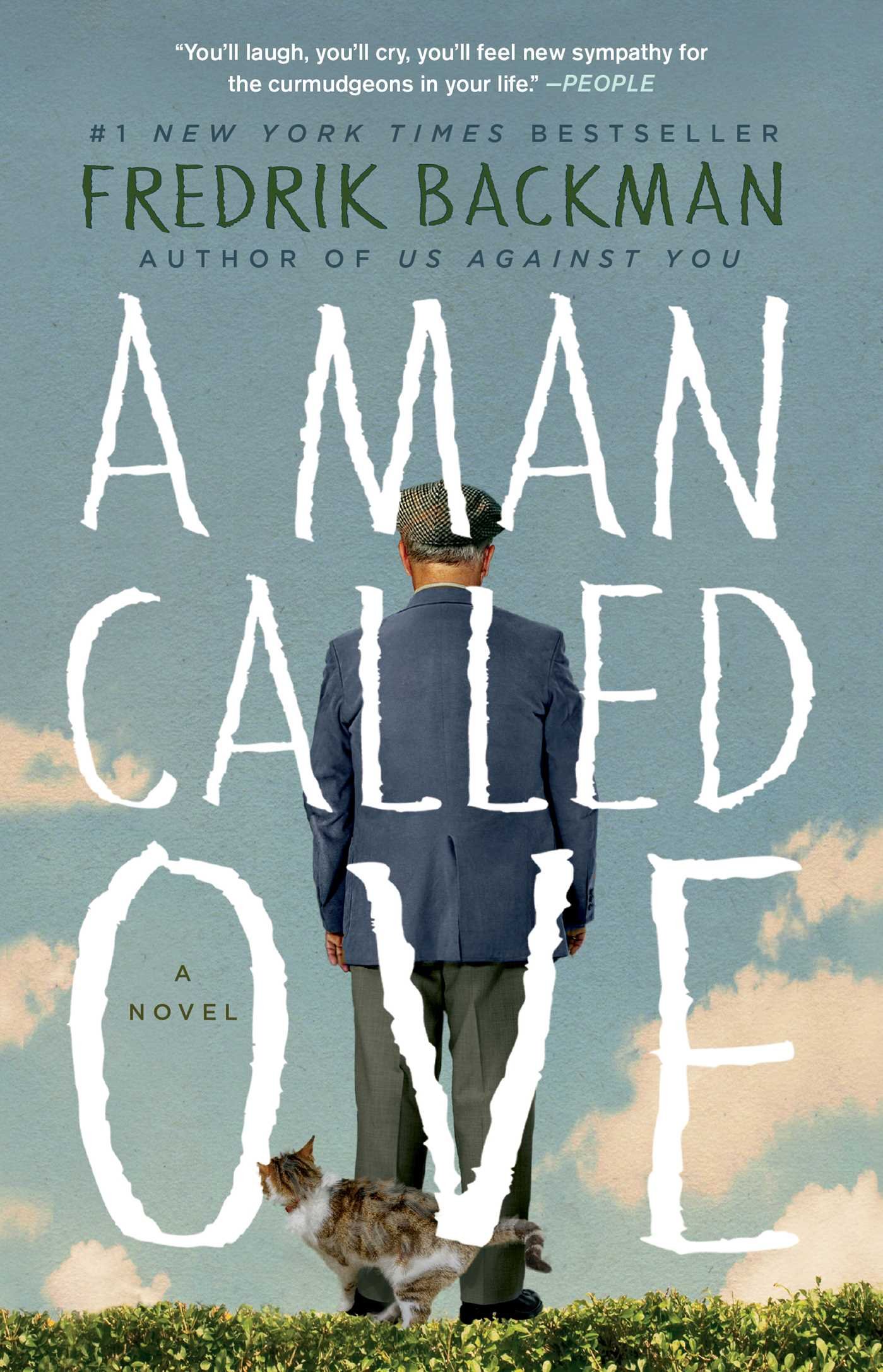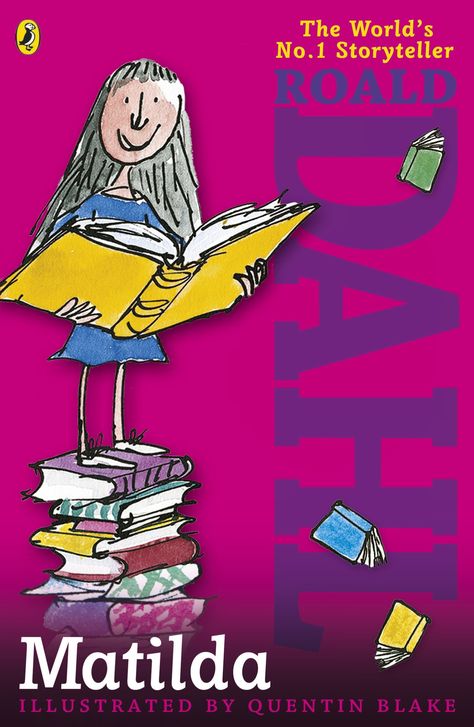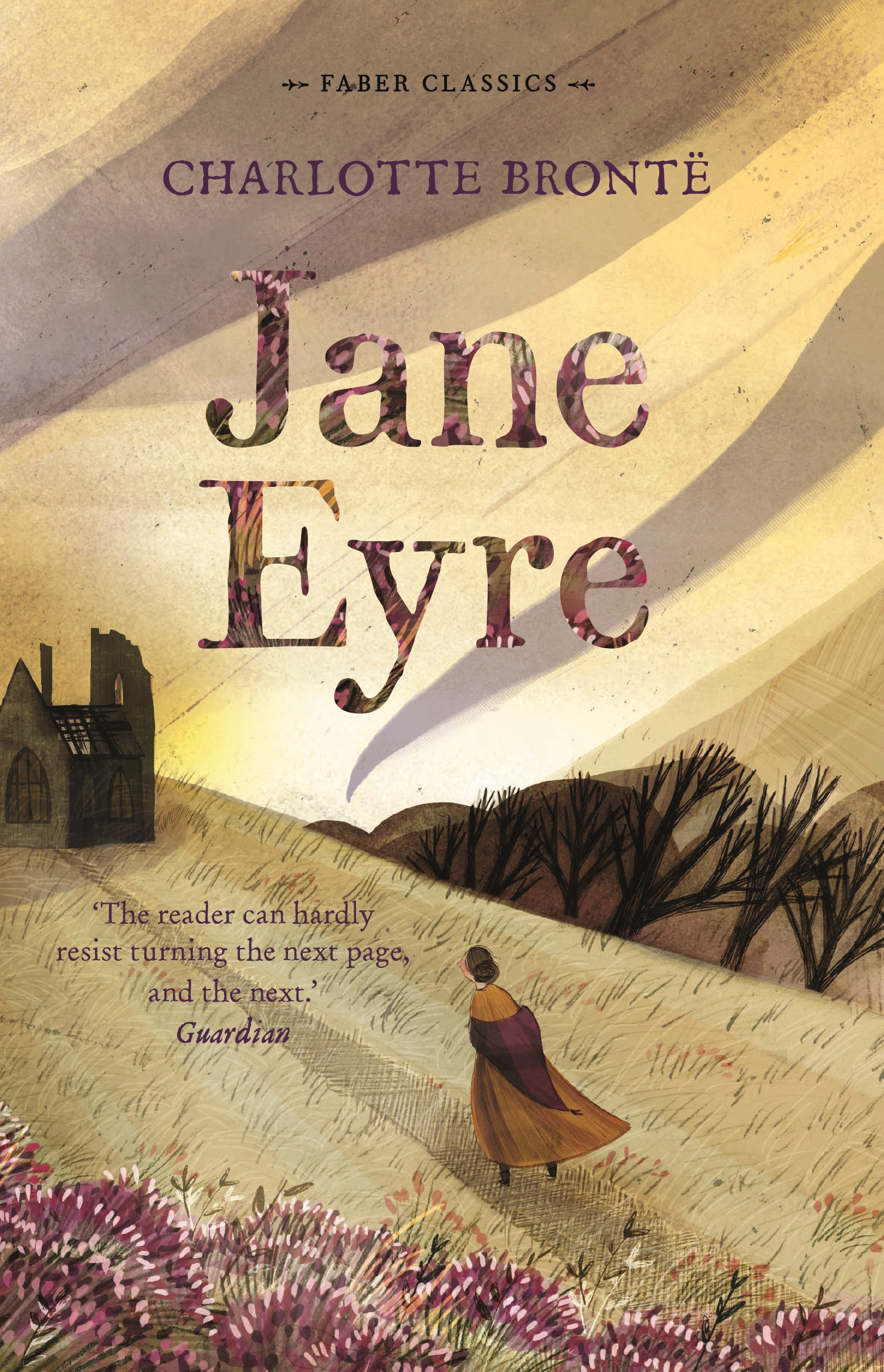Revisiting old favorites
There are some books that are always, always on my mind. The thought of these books makes me happy. These are the books I recommend to people, dip in and out of whenever I get the chance, and quote and draw analogies from. The upside of local bookstores being closed because of the lockdown is that I get to reread them without guiltily looking at the growing pile of unread books on my shelf. We all have these books. Here are mine.
All of Dahl’s books are wonderful but ‘Matilda’ is perhaps a little more so. This is a story of a little girl with extraordinary abilities—she can speed read and control objects with her mind. Her parents treat her like a “little scumbag”, but she eventually finds happiness. The idea that children can punish their parents or elders if they are “bad people” makes for an interesting premise. Moreover, Quentin Blake’s illustrations bring the story to life.
What’s more, the movie adaptation of Matilda feels like a projection of the mental imagery you have while reading the book.
I first read ‘Jane Eyre’ as a teenager and since then I have returned to it a few times. It’s one of those books where you discover new things with each rereading. When I was young (and naïve) I thought of it as the most romantic book ever. As I grew older, I couldn’t ignore the abuse and infidelity and I turned away from it in disgust. Then, later on, I was told it was a feminist novel and I tried and failed to see it that way. But the fact remains that Jane Eyre provokes emotions that compels me to return to it time and again.
Even after all these years, I’m still trying to figure out what “madness” it is that Mrs Rochester is suffering from and whether she jumped, freeing her husband to marry Jane, or she was pushed. Maybe, just maybe, this time around I will finally make up my mind.
A Man Called Ove by Fredrick Backman 
This is a relatively newer addition to my list of favorites. But if I were to be told that I could only read one book for the rest of my life, this would probably be it. I loved ‘A Man Called Ove’ so much that I’ve been recommending/gifting this to everyone since I first read it. A novel about a cranky 59-year-old Swedish widower who repeatedly tries and fails to kill himself might not seem like the perfect lockdown read. But it is: The story is essentially about finding yourself when nothing seems to be going right.
As Ove screams at his neighbors for parking in the wrong place and punches a hospital clown because his magic tricks annoy him, you can’t help but see a little bit of yourself in him and cheer him on.
Netflix movie review: R Parthiepan show
Just when you feel like you’ve exhausted all resources on Netflix and there’s probably nothing interesting to watch any more, you come across films like “Oththa Seruppu Size 7” that completely bowl you over. The Tamil-language thriller released in September 2019 is slowly on its way to becoming a cult classic.
Written, directed, produced, and acted by one man—R Parthiepan—Oththa Seruppu is a movie that challenges regular norms of filmmaking and completely banks on the ingenuity of its writers and makers. With over three decades of experience as actor, director, producer and writer in Tamil cinema, R Parthiepan gives his career-best in the form of Oththa Seruppu under his film production and distribution company Bioscope Film Framers.
Reviewing this film will not be possible without revealing some of its surprise elements. But don't worry: we give out only the bare minimum. The film has only one actor—R Parthiepan as Masilamani—and is shot almost entirely in one room. There are a couple of voiceovers to help carry the plot but it is only R Parthiepan who appears onscreen for the film’s 1hr 45mins length. A single actor in a singe room holds the audience together throughout, making it one of the most interesting movies on Netflix.
The film starts with Masilmani, a middle-aged security guard at a gentlemen’s club, being held on the suspicion of a murder and who is being interrogated by the police. The interrogation room in which Masilmani appears in the first scene is the only location the film’s shot in. The interrogation begins without physical violence as Masilmani has already appealed to the Human Rights Commission.
Masilmani then starts by admitting to a single murder conducted in cold blood with a brutal modus operandi. But just when the police officers interrogating him (only in voice overs) think they’ve closed the case, he leaks out a mystery that forces them to dive deeper. What begins as a despondent confession of a common man gradually turns into a sordid narration of a serial killer. (His modus operandi is also similar to a high profile murder from a few years ago where the killer had left a “single slipper of size 7” at the scene.) The interrogating officers, including the deputy commissioner of police, get completely thrown off by Masilmani’s narratives and are forced to seek help of psychiatrists.
Oththa Seruppu manages to draw undivided attention of the audience within the first few scenes, and as the plot thickens and mysteries unfold, you are guaranteed to be mesmerized. R Parthiepan as Masilmani, the only visible character in the film, has all eyes on him, and certainly deserves the attention. As a father of a dying kid and husband to a cheating wife, Masilmani’s role as a common man turned cold-blooded murderer engenders empathy from the audience, even as they don’t completely trust him till the very end. His character is a dichotomy between guileless and treacherous, lucid and deranged.
Clever writing and equally edgy acting makes Oththa Seruppu an absorbing thriller despite its limited star cast, single location, and skimpy budget. R Parthiepan’s matchless acting, direction and writing are supported by Ramji’s cinematography. Working in a small room, Ramji’s camera angles to capture Masilmani’s monologues are sharp, innovative, and stimulating. It’s almost like we’re in the room watching Masilmani weave one story after another, also distracting us with his animated body language.
The messaging in Oththa Seruppu is subtle yet obvious. It delves on the idea of corruptibility of money, what happens to common people when their trust is broken, and the basic segregation between the haves and have-nots.
Who should watch it?
Oththa Seruppu Size 7 is a must-watch for any movie buff. We can’t exaggerate R Parthiepan’s role as an actor and filmmaker enough. He has created something that the entire Indian film industry should be proud of. And in doing so, he has presented a film that is enjoyable to just about everyone. Oththa Seruppu is thrilling, exciting, moving, and darkly humorous. A complete package, if you will.
Oththa Seruppu Size 7
Rating: 4 stars
Director: R Parthiepan
Actor: R Parthiepan
Run time: 1hr 45mins
Graphic and problematic : A book review
A while back, I read Karin Slaughter’s ‘The Kept Woman’ but I don’t particularly recall much of it. I recently came across a review of ‘Pretty Girls’ and it made me want to give Slaughter another shot. But lockdown meant my regular bookstore was closed. Luckily, I had a book by Slaughter lying around and I finally dusted it off the shelf.
‘Genesis’ is much older than The Kept Woman (2016), or Pretty Girls (2015). It’s, in fact, only the third book in the Will Trent series. This particular book is published under the name ‘Undone’ in the United States and under the name ‘Genesis’ elsewhere in the world.
After reading Genesis I really want to get my hands on the rest of the books in the series. Slaughter is the mistress of crime, I should say. In Genesis, she spins a spooky, creepy story that makes you want to race through the pages.
This novel starts with a woman being hit by a car. She, Anna, is naked and it looks like she has been abused. Medical investigation by Sara Linton, the attending doctor at the hospital Anna is taken to, reveals that she had been starved and tortured for weeks before the accident.
Special Agent Will Trent of the Criminal Investigation Team returns to the scene of the accident to investigate what is clearly not his case and he stumbles upon a torture chamber underground. He then finds another victim who, like Anna, had escaped from the dungeon but didn’t make it very far—she is found hanging from a tree, having taken her own life since she had lost her sight and hearing and feared being found by her kidnapper. Soon, two other women go missing and Will Trent and his partner, Faith Mitchell, work around the clock to find the women and the sadistic predator.
As someone whose television diet mostly consisted of ‘Bones’, ‘Criminal Minds’, and ‘CSI’, I thoroughly enjoyed Genesis, though I did find certain bits too graphic for my liking. It’s definitely not for the faint-hearted.
The story, if you think of it as a thriller and just that, is perfect. But the book has many flaws.
First, I had problems with how Slaughter presented her characters. They all have so many weaknesses and issues in life that it feels unreal. Second and most importantly, I was disturbed by the women in the story. They are either bitchy and successful, or nice but unsure of themselves, or appear to be strong and independent while pining for a man to make them feel wanted and loved. The stereotypes are a bit much to handle especially when today, as women, we are trying so hard to break away from them all. Worse, it’s a woman stereotyping women, and that hurts.
I will still give Slaughter another chance because I have only read two of her books so far. But I hope the entire series isn’t as condescending towards women as I found Genesis to be.
Fiction/Thriller
Genesis
Karin Slaughter
Published: 2009
Publisher: Arrow Books
Language: English
Pages: 550, Paperback
Hasmukh: Something missing
A wannabe standup comedian with serious stage fright and who stammers when nervous suddenly finds an elixir to his problems—killing a human being. Following the accidental murder of his boss/mentor Gulati (Manoj Pahwa) at his hands at the backstage of an event, the nervous Hasmukh (Vir Das) takes the stage, just to discover that he now has the ability to perform a hilarious standup skit without any hesitation.
This starts a string of live stage performances for Hasmukh, arranged by his manager Jimmy (Ranvir Shorey)—his literal partner in crime. The artist-manager duo commits murder after murder just to get Hasmukh to the stage, and as success starts coming, so do suspicion and law.
Co-created and written by producer/director/screenwriter Nikkhil Advani and actor/standup comedian Vir Das, Hasmukh is an Indian mini-series that premiered on Netflix in mid-April and quickly became the talk of the virtual town. Nikhil Gonsalves directs the 10-episode series, each episode about 30-minutes long. It means the Season 1 can be binged-watched within five hours, which is not nearly long in the current situation, and this is not the only woe for Hasmukh.
Despite featuring a talented team of actors and producers, Hasmukh is a troubled production. Vir, even with his vast experience as a standup comedian, fails to embody the character. Hasmukh, an orphan, is supposedly a timid small-towner whose ambition of becoming a famous standup comedian never really takes off under a dominating boss and an oppressive uncle. He manages to murder both of them—the former unintentionally and the latter deliberately—but the audience cannot feel the intensity of a would-be-serial killer in his character. Vir is not convincing enough in his dual murderer-performer roles.
Seasoned actor Ranvir Shorey seems to have a similar problem. Having starred in multiple comedy movies under big banners as well as independent production houses, but is way under his prime in Hasmukh. As Jimmy, a greedy artist manager who quickly switches to managing Hasmukh as soon as he finds out about Gulati’s death, and then also participates in the murders Hasmukh commits, Ranvir struggles to find the rhythm throughout the series. There are moments when he shines in his character and outperforms Vir, but given his experience and reputation, overall, Ranvir’s Jimmy is sub-par.
Even with seasoned actors like Raza Murad and Ravi Kishan playing significant roles in the series, their presence does not spice up the screenplay. Maybe the average screenplay is why Hasmukh is an average production. A screenplay that is not able to establish the ferocity of a serial killer is definitely a major problem. The writers seem to be so split in giving Hasmukh multiple personas that he cannot embody.
And since the story of Hasmukh does not end with the first season (what a bummer), we will now have to wait for the second season to find what happens in the comedian-cum-serial killer’s life.
Who should watch it?
In the end, we also realize that we might be judging Hasmukh a bit too harshly. Over a month of continuously binging on highly rated movies and series has probably raised our standards and spoilt our tolerance. All biases aside, Hasmukh is definitely a watchable series and better than most movies we reviewed in the first quarter of 2020. Anyone who’s forced to stay indoors due to the lockdown and has Netflix can watch it.
Hasmukh
Rating: 3 stars
Actors: Vir Das, Ranvir Shorey, Ravi Kishan
Director: Nikhil Gonsalves
Run time: 5hr (approx.)


_20200519210108.jpg)


















